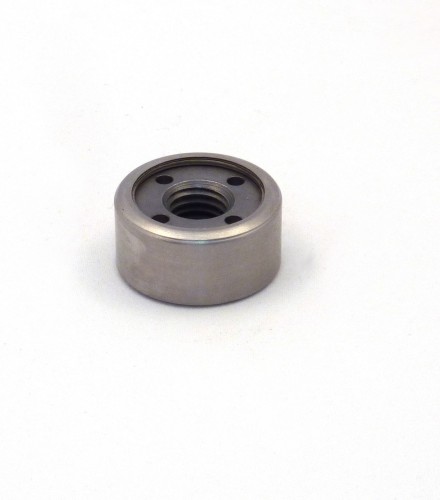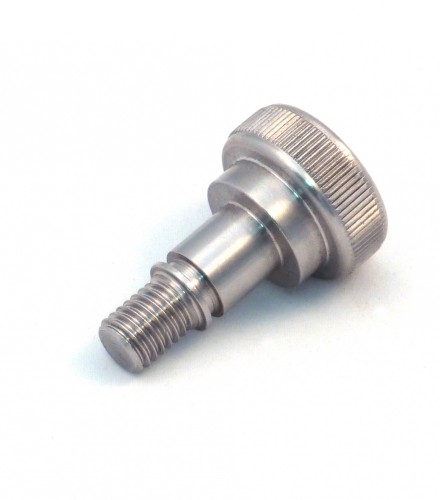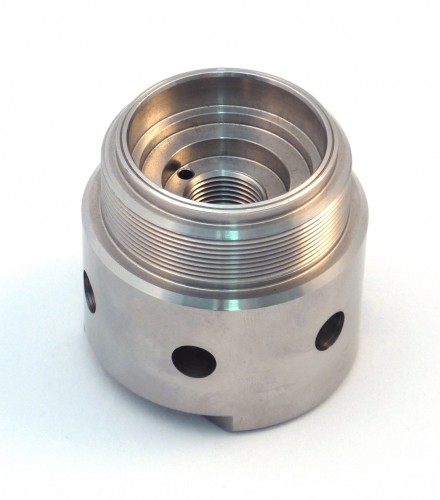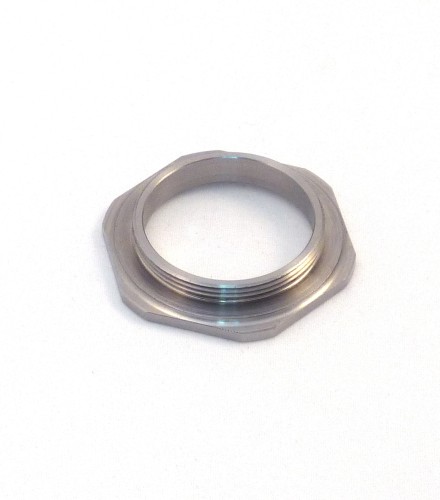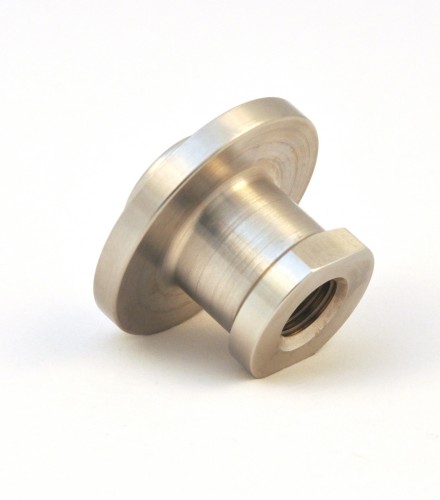
Stainless steel machining details
| AISI | Grade | Number | AFNOR | Machining costs |
|---|---|---|---|---|
| Inox 303 | X8CrNiS18-9 | 1.4305 | Z8CNF18-09 | €€ |
| Inox 304L | X2CrNi18-9 | 1.4307 | Z2CN18-10 | €€€ |
| Inox 316L | X2CrNiMo17-12-2 | 1.4404 | Z3CND17-11-02 | €€€€ |
| Inox 430F | X6CrMoS17 | 1.4105 | Z8CF17 | € |
| Inox 420B | X30Cr13 | 1.4028 | Z33C13 | €€€ |
Austenitic stainless steel
AISI 303: Machinability improved by the addition of sulphur which allows chips to break off and lubricates tools. Poor for welding. Well suited for use in not very harsh environments.
AISI 304L: More resistant to corrosion than the 303, weldable. Difficult to machine.
AISI 316L: Excellent resistance to corrosion in chlorinated environments or in saline water. Suitable for medical, cosmetic, and jewellery uses. Weldable. Difficult to machine.
Ferritic stainless steel
AISI 430F: Easy machining steel, but of lesser quality than the 303. Not weldable.
Martensitic stainless steel
AISI 420B: Quenchable steel for highly stressed part. Used in cutlery, taps, pumps, valves, shafts, pistons, various mechanical parts … low resistance to corrosion.
Stainless steel surface treatment
Stainless steel can be passivated to improve corrosion resistance by removing all pollutant particles from the surface (steel tools, chips, dirt, …)
Our stainless steel parts machining know-how





